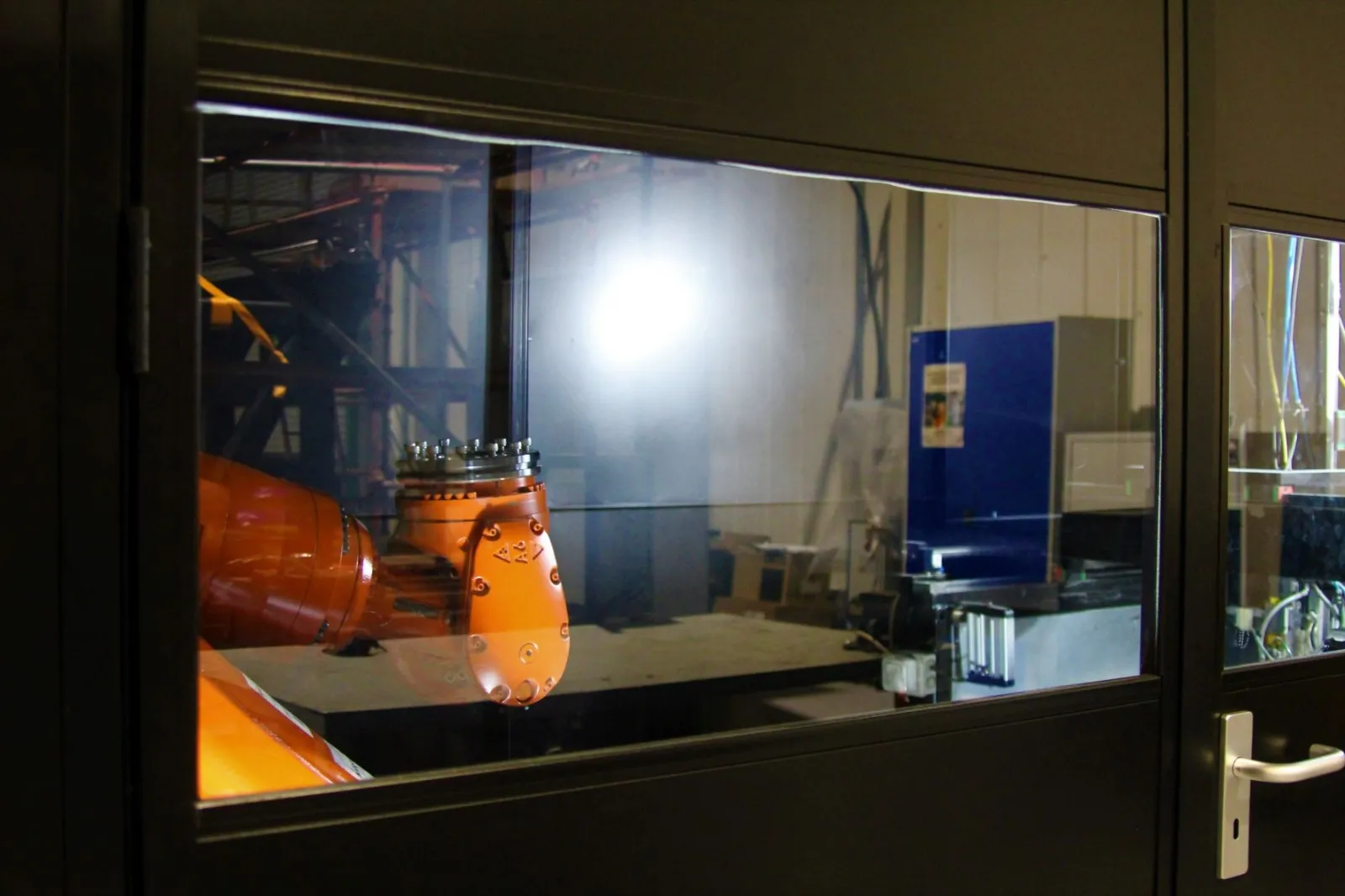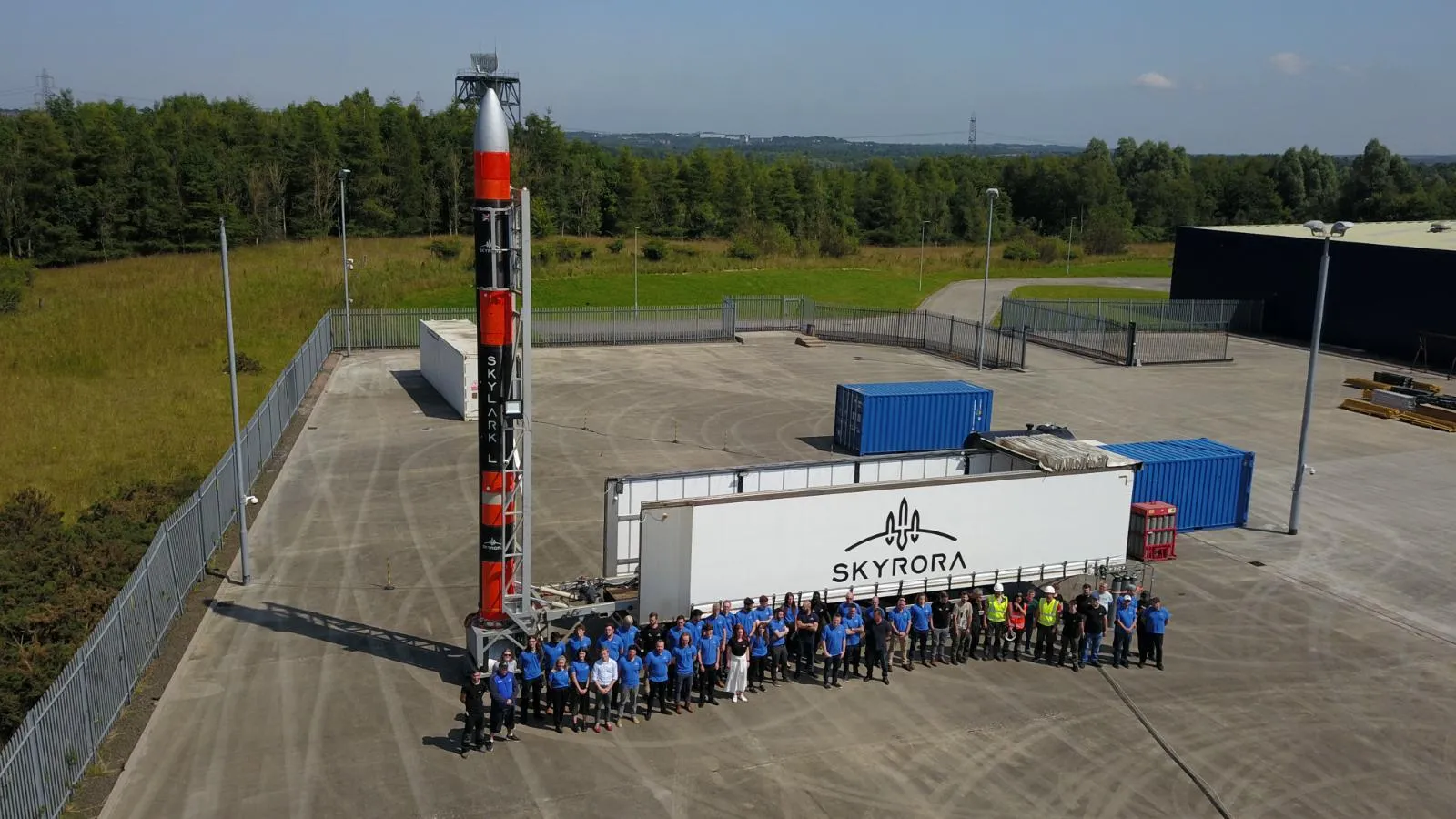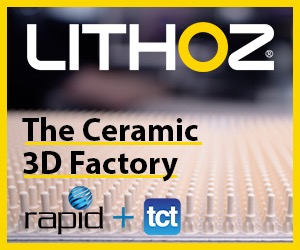All-in-one service provider and manufacturer of satellite launch vehicles, Skyrora has created the largest hybrid metal printer of its kind in Europe. By allowing printing and machining on the same bed, the custom-built Skyprint 2 platform will optimize the speed and efficiency of manufacturing rocket parts and drastically reduce process complexity, cost, and printing time by around 30% compared to other printers. Set to debut in the second quarter of 2022, the Skyprint 2 is the second custom-build system for Skyrora’s in-house manufacturing and is expected to build parts up to 2.3 meters high for its flagship small launch vehicle, the Skyrora XL.
Now more than ever, space companies seek to take full control of the manufacturing process. In-house production can keep overhead costs down, drastically reduce manufacturing time, and offers the flexibility to produce customized parts when needed. At the same time, as a new environment of private space businesses emerges, the market is becoming more competitive, demanding streamlined manufacturing processes that can help build satellites, rockets, and space vehicles in a short time.
In the last decade, several startups have emerged, boasting additive manufacturing (AM) as one of the key processes for building spacecraft. For example, 3D printing specialist Relativity Space uses multiple 3D printers, all developed in-house, to build rockets. Similarly, Rocket Lab is known for its almost entirely 3D printed rocket engine, the world’s first battery-powered rocket engine, while Launcher is heavily relying on low-cost manufacturing through 3D printing to create its rockets and transfer vehicles.
Since its foundation, Skyrora has leveraged AM techniques to meet the growing demand for small satellite launches cost-effectively. Based at Edinburgh’s Edgefield Industrial Estate, Skyrora aims to start launching suborbital rockets and move to orbital by 2023, in time for an inaugural launch into low Earth orbit (LEO). For that to happen, the company is set to continue using AM processes for manufacturing components.
Following on from Skyprint 1, Skyrora’s first additive machine for printing multi-composite parts simultaneously using several materials, the bespoke Skyprint 2 will offer a cost-effective, bi-metallic, hybrid manufacturing service to meet the growing demand for small satellite launches. Skyrora’s vision is to meet this increasing appetite by combining proven technology with cutting-edge innovation to create economic, responsive access to space.
One of the key advantages of Skyprint 2 is that it can manufacture via subtraction or addition processes, which means it can repair parts and machine items that were not originally printed. In addition, Skyprint 2 will use Inconel, a superalloy known for its mechanical strength at high heat, which comprises most of the mass of Skyrora’s rocket engines and makes use of Directed Energy Deposition (DED), an AM process in which focused thermal energy is used to fuse materials by melting as they are being deposited.
Thanks to its “near net shape” DED process, Skyprint 2 is slated to minimize material usage. In fact, any residual material that would be otherwise lost due to blowout is instead collected and recycled, enabling greater material efficiency and making parts more sustainable.
Commenting on this latest addition, Skyrora founder and CEO, Volodymyr Levykin, said “Skyprint 2 reinforces our ambitions to not only be the first company to launch from UK soil, but also to do so in the most sustainable way possible. By taking greater control of the design and manufacturing process of our parts using our custom-built industry-leading 3D printing technology, we are taking another crucial step closer to offering a significant space service from our own soil. Creating this cost- and time-effective solution encapsulates the innovation and talent that resides at the heart of the UK space industry. As an asset, Skyprint 2 is a real game-changer – it will transform Skyrora’s operations and expand the limits of what is possible when it comes to space engineering in general.”
Actually, with standard, bulk methods of manufacturing Inconel alloy engine parts (oxidation-corrosion-resistant materials well suited for extreme environments subjected to pressure and heat), it can take around ten weeks from concept to production, not to mention quality modifications, states the company. Instead, by relying on Skyprint 2, Skyrora hopes to significantly reduce the time needed to manufacture key rocket engine components to just two weeks, thanks to the process’s direct forming capabilities.
Following Skyrora’s announcement in October 2021 of a multi-launch agreement with the SaxaVord Spaceport––home of the UK Space Agency‘s Vertical Launch Pathfinder Programme––that will enable the company to complete 16 launches a year by 2030, the ability to fully design and print parts using Skyprint 2 will substantially reduce the timeframe needed for Skyrora to manufacture its rockets from 2022.
Previously known as the Shetland Space Centre, the renamed SaxaVord Spaceport in Unst, one of the North Isles of the Shetland Islands, is believed to become a successful, internationally-recognized new space site. Skyrora aims for 16 launches a year at the height of the decade-long project in 2030. A few months ago, Levykin said this multi-launch deal with SaxaVord fits perfectly with his company’s ambition to be the first to launch from UK soil.
So far, the Scottish rocket manufacturer has successfully live-tested its Skylark L, a rocket vehicle prototype that was created to complete final checks on sub-systems before use on Skyrora XL, a 23-meter long orbital launch vehicle capable of delivering satellites into orbit. The Skyrora XL comes in three stages, and according to the company, the third stage has successfully completed 100 rounds of testing at its facility in Fife, Scotland, which indicates it is ready for a test launch. Stages one and two are still to go through similar trials, with an initial test flight scheduled for the final quarter of 2022.
Subscribe to Our Email Newsletter
Stay up-to-date on all the latest news from the 3D printing industry and receive information and offers from third party vendors.
You May Also Like
Billion Dollar Bambu and a New Worldview?
Imagine for a moment that Bambu Lab sells 2.7 million 3D printers this year. If their average ticket price is $350 and they generate $75 million in filament sales, their...
3D Printing Financials: Materialise’s Q4 Causes 35% Stock Drops
Materialise (Nasdaq: MTLS) has reported its financial results for the fourth quarter and full year 2024. While its medical segment saw strong growth, other areas struggled, leading to a 35%...
3DPOD 242: Additive Manufacturing Then and Now with Andrew Graves, Stratasys
Andrew Graves began his career as a Design Engineer before joining 3D Systems in 1990. After pioneering stereolithography in the UK for F1 teams and aerospace firms, he helped establish...
3D Printing Financials: Protolabs’ 3D Printing Revenue Slips, Margins Hold Steady
Protolabs (NYSE: PRLB) reported its financial results for 2024, showing a slight drop in total revenue and mixed performance across its service lines. While the company remained profitable, revenue from...
































